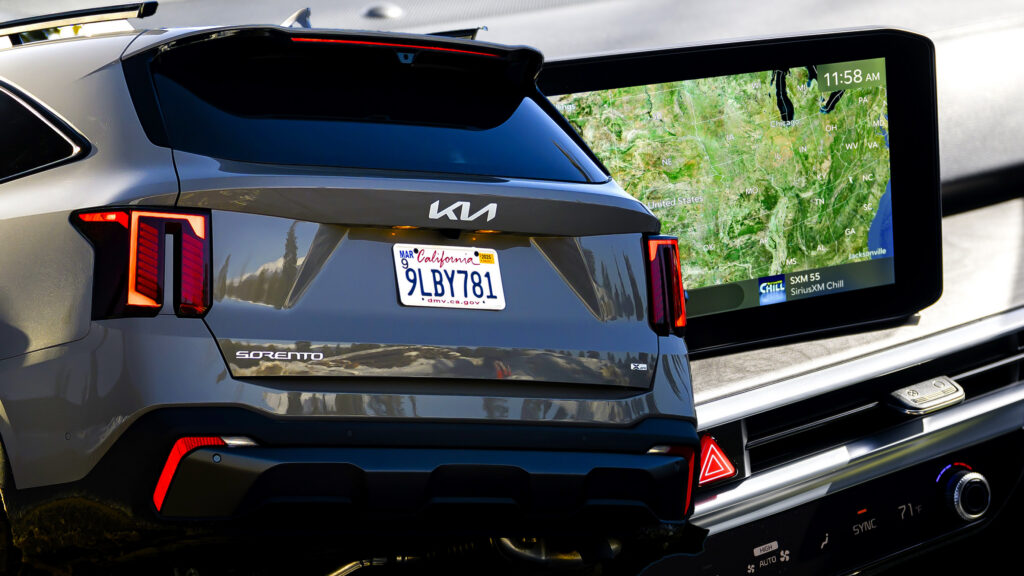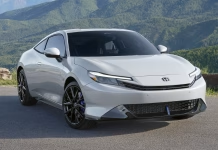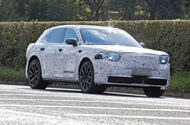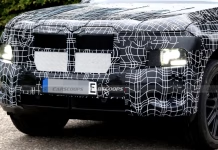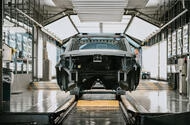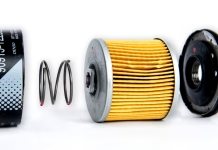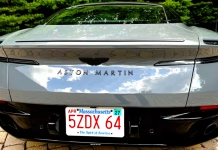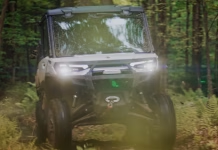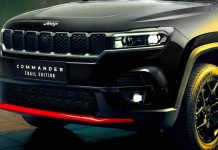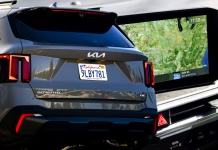Hybrid coupes on sale now include the new Honda Prelude as the most affordable...
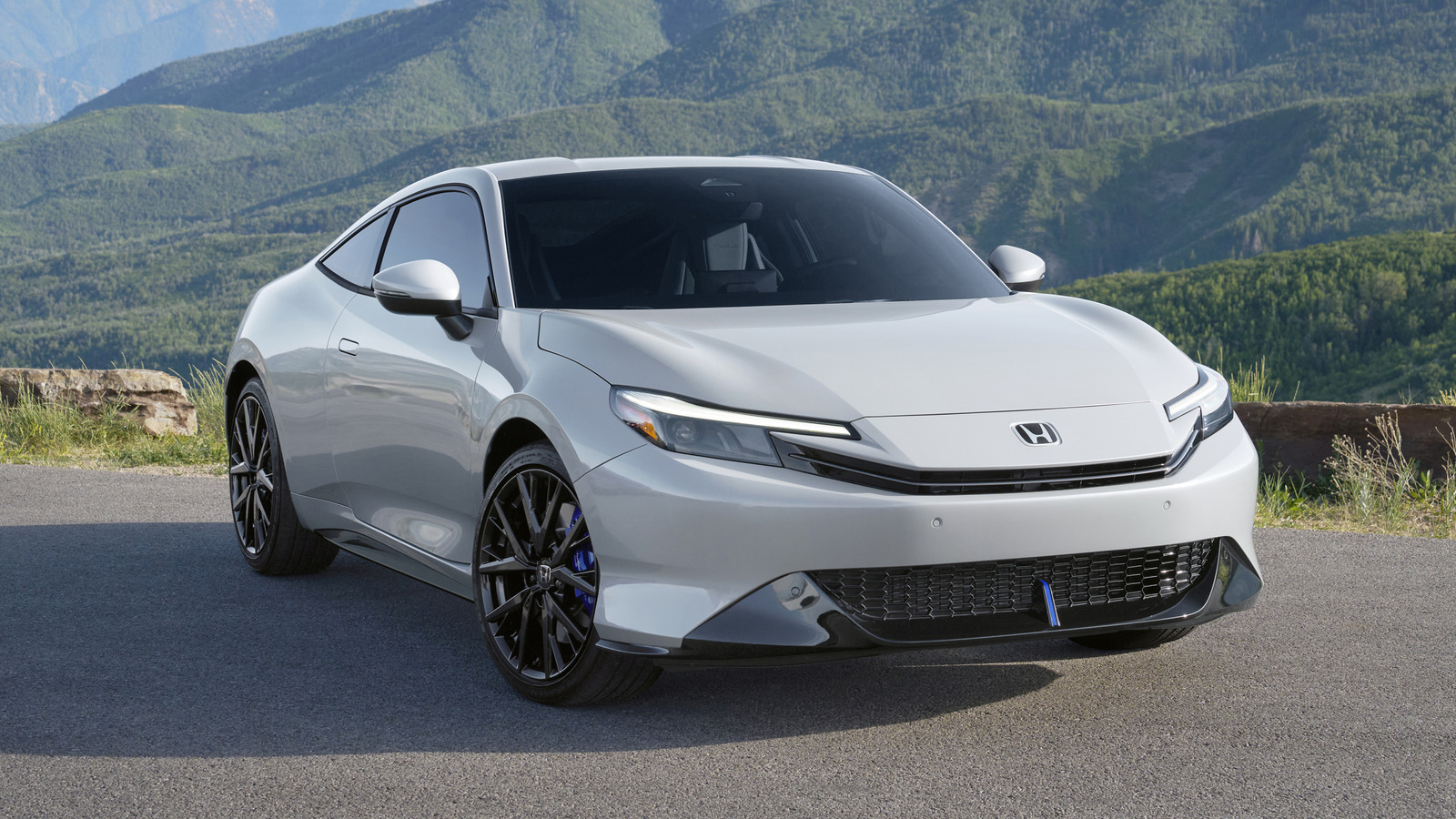
Bentley Electric SUV Debuts as Luxury Urban Model with 2027 Launch Target
 Crewe's first electric car will slot in beneath the Bentayga with styling influenced by EXP 15 concept
Crewe's first electric car will slot in beneath the Bentayga with styling influenced by EXP 15 concept
Bentley's first electric car has broken cover, as test prototypes hit public roads in preparation for an unveiling next year.
Pitched as "the world's first true luxury urban SUV", the unnamed new model will be the shortest Bentley yet, at less than five metres long, and will slot in underneath the Bentayga. It is due to be revealed in the middle of 2026, ahead of customer deliveries getting under way in the second quarter of 2027.
These new images show the SUV's production bodywork for the first time, demonstrating the influence of Bentley's new brand-shaping EXP 15 concept in its monolithic surfacing, bluff proportions and relatively low-slung silhouette.
Bentley hasn't yet confirmed any technical details of the new concept, but it will be based on a version of the Porsche-and-Audi-developed PPE EV platform and as such is expected to be closely related to the Porsche Cayenne Electric.
The new Cayenne is offered exclusively with dual-motor, four-wheel-drive powertrains putting out between 400bhp in the base car and 805bhp in the top-rung variant (rising to nearly 1000bhp with launch control). A 108kWh battery is estimated to supply a range of up to 373 miles in the most efficient variant and can be charged at up to 400kW.
There has been no confirmation of how closely related the two cars will be, but at just under 5.0m long, the Cayenne Electric is expected to be almost exactly the same size as the electric Bentley, suggesting scope for close collaboration.
The 'urban SUV' has been spotted the day after Bentley CEO Frank-Steffen Walliser told Autocar that a substantial reorganisation of sibling brand Porsche's EV plans will have an impact at Crewe as well.
Walliser said Bentley still plans to launch a new plug-in hybrid or fully electric car every year from 2026, beginning with the urban SUV, but will pursue a balanced powertrain mix to cater to slow premium EV demand over the coming years.
“There is a dip in demand for luxury electric vehicles, and customer demand is not yet strong enough to support an all-electric strategy. The luxury market is a lot different today than when we announced [our] Beyond100 [plan]," he said.
"Electrification is still our goal, but we need to take our customers with us."
The move is likely to mean the current Bentayga, Continental GT and Flying Spur will once again offer pure-petrol powertrain options in certain markets, having been planned to go PHEV-only.
BMW iX7 Spied Testing as Powerful Electric SUV Prepares for 2027 Debut
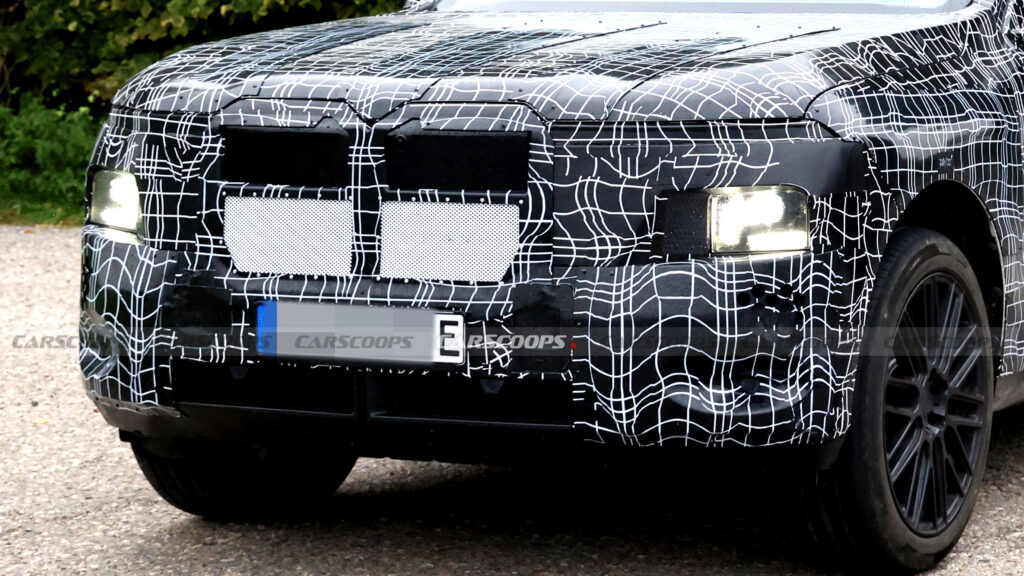
JLR cyber attack halts car production for a month as suppliers face crisis
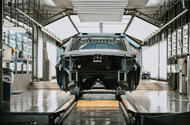 Company pushes back production restart by another week, extending pause to a whole month
Company pushes back production restart by another week, extending pause to a whole month
JLR has extended its vehicle production pause by another week, as it continues to grapple with the impact of a cyber attack earlier this month, and now plans to start building cars again on 1 October.
The company had planned to restart production at its UK and Slovakia factories tomorrow (24 September) but has delayed the restart as part of a plan to resume operations "in a safe and secure manner".
The move means the company will lose a full month of vehicle production, having not produced any vehicles since shutting down all its global systems in response to the attack on 1 September. The impact on volumes will be made clear when the company releases its production numbers for the quarter, but in the three months to September last year, JLR produced more than 80,000 Land Rover and Range Rover cars.
In a statement sent to Autocar, a JLR spokesperson said: "Today we have informed colleagues, suppliers and partners that we have extended the current pause in production until Wednesday 1 October 2025, following the cyber incident.
"We have made this decision to give clarity for the coming week as we build the timeline for the phased restart of our operations and continue our investigation.
"Our teams continue to work around the clock alongside cybersecurity specialists, the NCSC and law enforcement to ensure we restart in a safe and secure manner.
"Our focus remains on supporting our customers, suppliers, colleagues, and our retailers who remain open. We fully recognise this is a difficult time for all connected with JLR and we thank everyone for their continued support and patience."
The delay comes after the UK government stepped in to help the car maker resume operations following the incident.
A statement from UK trade body the Society of Motor Manufacturers and Traders (SMMT) last week confirmed the government was helping the effort, as JLR continues to rebuild the internal computer systems that were infiltrated.
As well as aiding moves to restart production, government cyber experts were helping to assess “any impacts on the supply chain”, which workers’ union Unite claimed on Wednesday was at the brink of collapsing.
The SMMT statement said: "The recent cyber incident is having a significant impact on Jaguar Land Rover (JLR) and on the wider automotive supply chain.
"The government, including government cyber experts, are in contact with the company to support the task of restoring production operations, and are working closely with JLR to understand any impacts on the supply chain.”
JLR added in its own statement: "This is an important move to further identify the challenges businesses are facing following the recent cyber incident at JLR."
The attack on 1 September has left JLR incapacitated. It has led to production shutdowns at all of JLR's global plants, created issues with parts ordering and stifled retailers.
The effect could be costing JLR up to £5 million a day, business economics professor David Bailey told Autocar last week.
Since the cyber attack, the majority of JLR’s employees have been off work, with lost hours being banked.
Union Unite said on Wednesday that employees within the supply chain are being told to apply for Universal Credit as they are moved onto reduced or zero-hours contracts by employers battling to stay afloat.
Earlier reports suggested that some suppliers “will go bust” as a result of the ongoing issues at JLR.
Unite general secretary Sharon Graham said the union has written to the UK government demanding it set up a furlough scheme to take the pressure off suppliers by supplementing workers’ pay packets while they’re unable to do their jobs.
“Workers in the JLR supply chain must not be made to pay the price for the cyber attack,” said Graham. “It is the government’s responsibility to protect jobs and industries that are a vital part of the economy.”
Graham cited a similar scheme set up on 15 September by the Scottish government to support bus maker Alexander Dennis and said “a similar scheme for workers in the JLR supply chain [should be set up] now”.
JLR suppliers 'could go bankrupt'
Recent reports have claimed that some of the firm's suppliers could go bust as a result of the shutdowns.
Former Aston Martin CEO Andy Palmer told the BBC on 12 September: “I would not be at all surprised to see bankruptcies.”
Palmer added that many suppliers will soon begin to slim their staff count as a result of the shutdown, saying: “You hold back in the first week or so of a shutdown; you bear those losses. But then you go into the second week, more information becomes available – then you cut hard. So layoffs are either already happening or are being planned."
Along with Unite, another making the call for a furlough scheme is Commons Business and Trade Committee chairman Liam Byrne.
The Labour MP said: "What began in some online systems is now rippling through the supply chain, threatening a cashflow crunch that could turn a short-term shock into long-term harm. We cannot afford to see a cornerstone of our advanced manufacturing base weakened by events beyond its control."
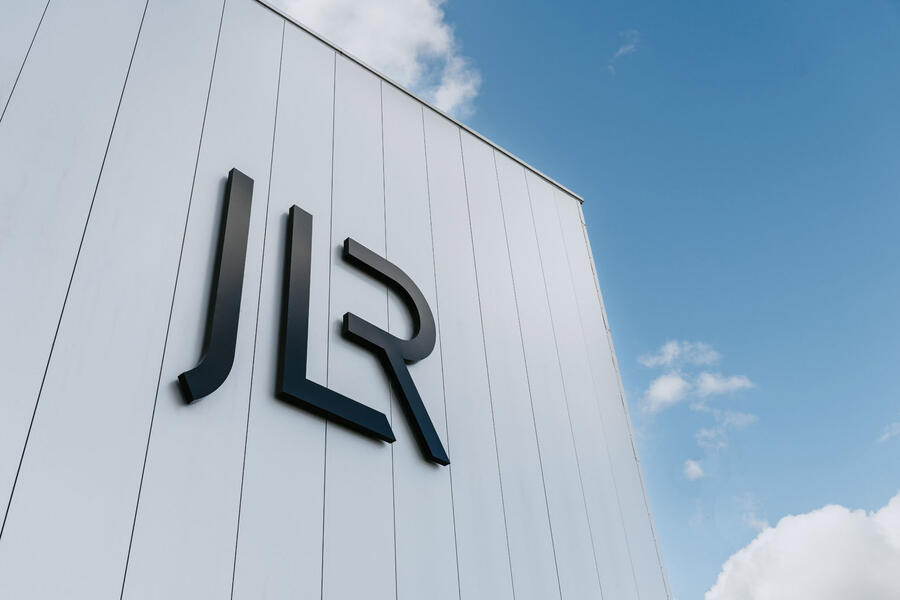
JLR hack: what happened?
Autocar first reported issues affecting JLR on 1 September, when dealers couldn't register new cars on 'new plate day' , traditionally one of the year's busiest for registrations.
In an effort to combat the hack, JLR began “shutting down our systems” on 2 September.
It's still in the process of rebuilding them and is unabel to confirm a timescale for the fix.
The hack has left JLR incapacitated. No cars have been produced globally since, leading to millions of pounds of lost income.
The extent of the issues meant JLR brought police and cybersecurity experts in to “restart our global applications in a controlled and safe manner”.
During this process, which included an investigation, it was discovered that "some data" was "affected", said JLR. Those affected will be contacted, said the firm.
It's not officially known what data was taken or if a ransom demand has been made, but it is thought it most likely involves customer data given the involvement of the police.
JLR said in a statement on 15 September that it will look to restart production on 24 September.
Who has claimed responsibility for JLR hack?
On 3 September, a group of hackers calling themselves Scattered Lapsus$ Hunters claimed responsibility for the attack on JLR.
This is the same group that hacked Marks & Spencer in May, causing the British retailer seven weeks of disruption and costing £300 million in lost operating profit.
It claimed to have obtained customer data after exploiting a similar flaw in JLR’s IT system. The claim was made on a Telegram messenger group, where a user linked to the hackers posted a screenshot of what appeared to show JLR's internal system.
A member of the group revealled that a well-known flaw in SAP Netweaver, third-party software used by JLR, was exploited to access the data.
The US's Cybersecurity and Infrastructure Security Agency warned about the flaw earlier this year. An update for the software was released, but whether JLR applied it is unknown.
It's also not known what data was taken or if a ransom demand has been made of JLR.
Oil Filter Dispute Turns Deadly in Shocking New Mexico Shooting
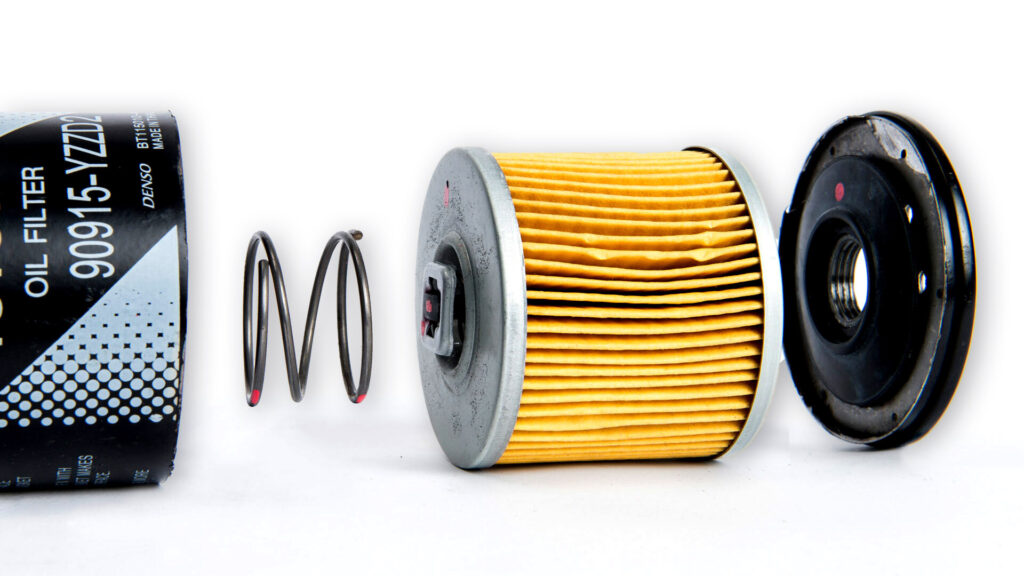
Porsche 911 Dominates as Rivals Disappear Why This Icon Still Matters
Fair warning: the next 750 words are going to be about the Porsche 911.
Some of the readership thinks we cover this car too liberally, and they’re right, if for the wrong reasons. Why that is will soon become clear, but now’s your chance to turn over, pretend none of this happened and read about six-pot engines whose pistons don’t box.
Still here? Much obliged. I’ve got 911s on the brain more than usual. It must be a result of a rear-engined diary concertina. In the past few weeks, I’ve driven RML’s Turbo S-based P39 prototype; I’ve been in Weissach to preview the new hybrid ‘dot-two’ Turbo S and have my innards torn up during a passenger ride; and I’ve done 1600 or so miles in the updated Carrera S.
The highlight of this triple-header is hard to call. The RML is a carbon fibre-bodied tip of the hat to the street-legal 911 GT1 Strassenversion, only with 50% more power and a literal tonne of downforce, plus road manners to match a factory-standard 911.
It’s the answer to a question few are asking, but it is quite cool. Equally, sitting beside Jörg Bergmeister again as he peeled a Turbo S development car into a filthy great slide at 115mph – while asking how my day was going – was also cool.
![]()
Actually, it was absurd. The same ride-along gave a colleague from another well-known mag the shakes, and he races stuff.
Then there was the Carrera S. Hardly the most memorable of cars, yet in the space of a few days it was able to serve up tail-out thrills on a West Country B-road, nail an indicated 202mph on an autobahn and crack through a 10-hour stint in Burmester-fed comfort with no small feeling of specialness.
Yet it was not so conspicuously special that I got jittery leaving it in possibly Mannheim’s dingiest car park. If you want not just a sports car but an accomplice, here it is.
We write a lot about the 911 not because we are in Zuffenhausen’s pocket. Those pockets are emptier than usual, in any case. It’s because the 911 is an extremely good car. Not only this, but there’s also the depressing dearth of opposition to challenge it, which is a recent development.
This was a topic that I mulled often during those many miles in the new Carrera S. The competition: where the hell has it all gone?
Not that long ago, the Carrera S, a showroom powerhouse derivative that generally accounts for about a third of all 911 sales, could be tightly cross-shopped with a great many cars: the Jaguar F-Type, Nissan GT-R, Lotus Evora, Mercedes-AMG GT, Aston Martin V8 Vantage, Audi R8 and Maserati Granturismo.
Even Lexus was involved with the sensuous LC 500. Now the Jag, Nissan, Lexus and Audi are gone. The V8 AMG comes only with unnecessary 4WD. The pricing of the Aston and Maserati has gone to the moon. Unlike the Evora, the Emira has no rear seats and poor storage, and it’s on thin ice anyway.
AMG is cooking up a CLE with a V8, but if it weighs less than a bull elephant, I’ll be amazed. The Corvette? Cracking car, and now made in RHD, but it’s just too flashy, isn’t it?
So we look to the BMW M4 CS. It’s a stunning machine: rapid, usable, and costs what the Porsche does. But is it not concerning that the closest rival to the Carrera S in terms of the crucial all-round package is an esoteric, extra-fruity M coupé that has no cupholders and isn’t exactly grown up?
Improbably, Lexus may yet be our champion: it’s developing a V8 coupé to homologate a GT3 race car. This is the sort of activity we condone.
For now, the Carrera S feels like the last man standing. It has won the day; seen rivals eaten up and spat out – or simply transformed for the worse – by the economics of sports car making. It sounds like a dream scenario for Porsche, but it isn’t.
Engineers love competition: they use it to improve their product and it prompts them to embrace their own engineering idiosyncrasies. Limited rivalry isn’t healthy for the 911, and the shelves of the affordable-ish, driver-focused 2+2 market being so shoddily bare is no fun for anyone.
We road testers particularly dislike a monoculture: it means smaller group tests, less variety, and assessments of steering feel, handling balance and the like begin to exist in a vacuum without points of reference from other companies who do things differently; sometimes ‘better’, sometimes ‘worse’.
As simple creatures, we want hierarchy and context, dammit. So Porsche, keep doing what you’re doing. Make the Carrera S and co a bit lighter while you’re at it.
Everybody else, pull your bloody fingers out and give us something else similarly excellent – or we’ll have to prattle on about 911s.
Aston Martin DB11 Depreciation Shocker Why This Luxury Coupe Lost Over Eighty Thousand Dollars...
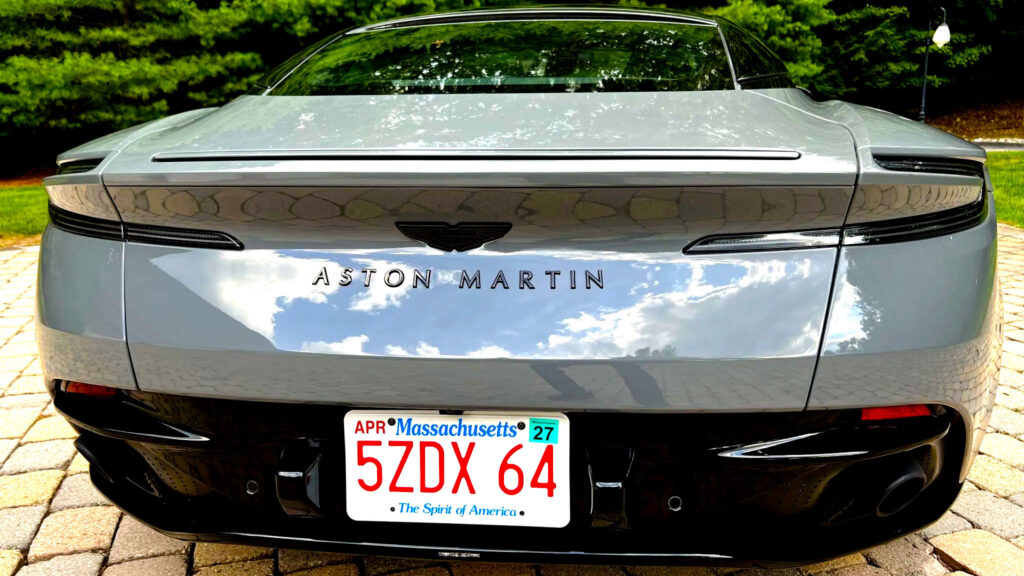
Can-Am Defender HD11 brings more power and capability for 2026 UTV enthusiasts
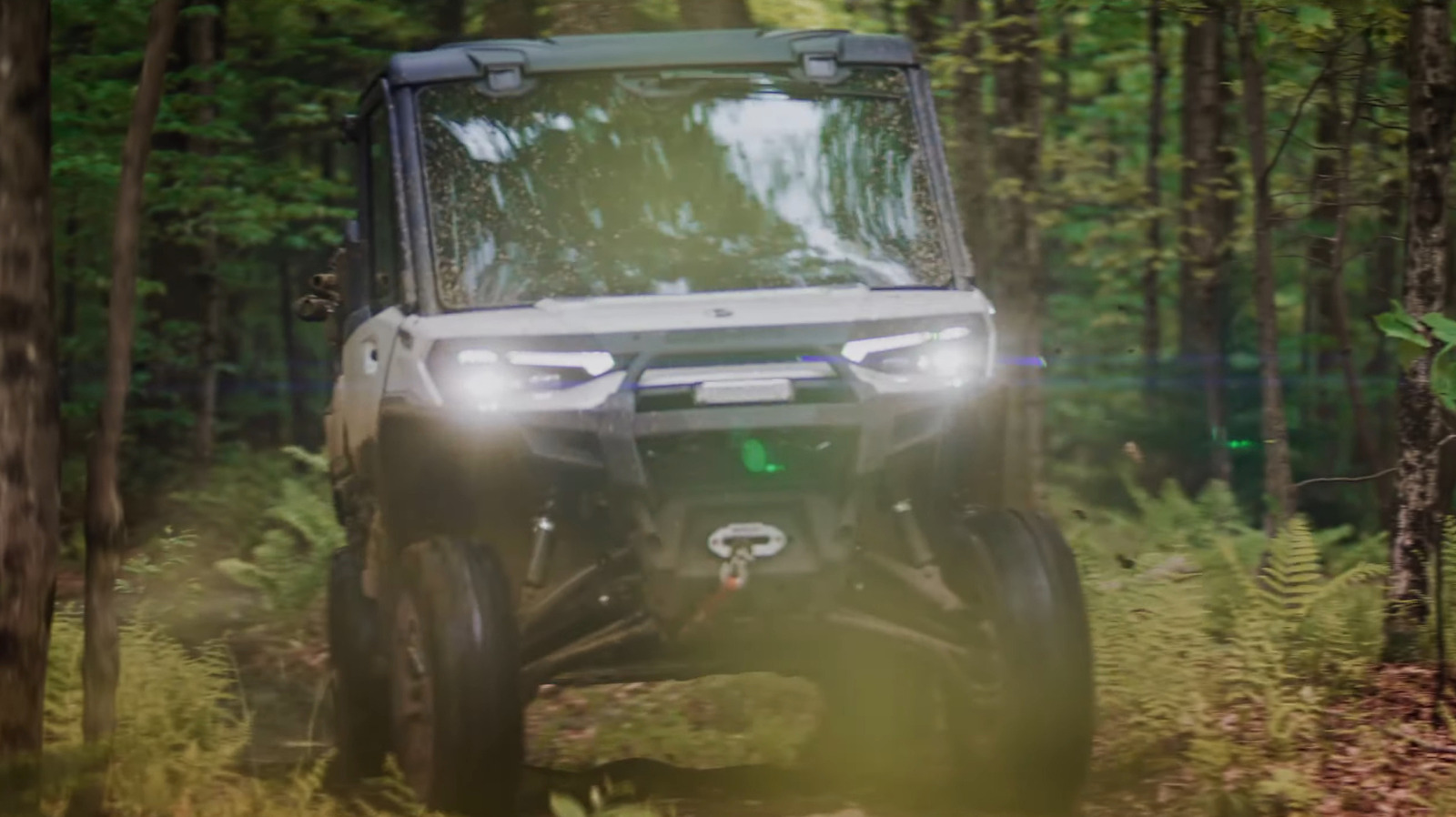
Jeep Commander Trail Edition Debuts in Japan with Exclusive Style and Limited Availability
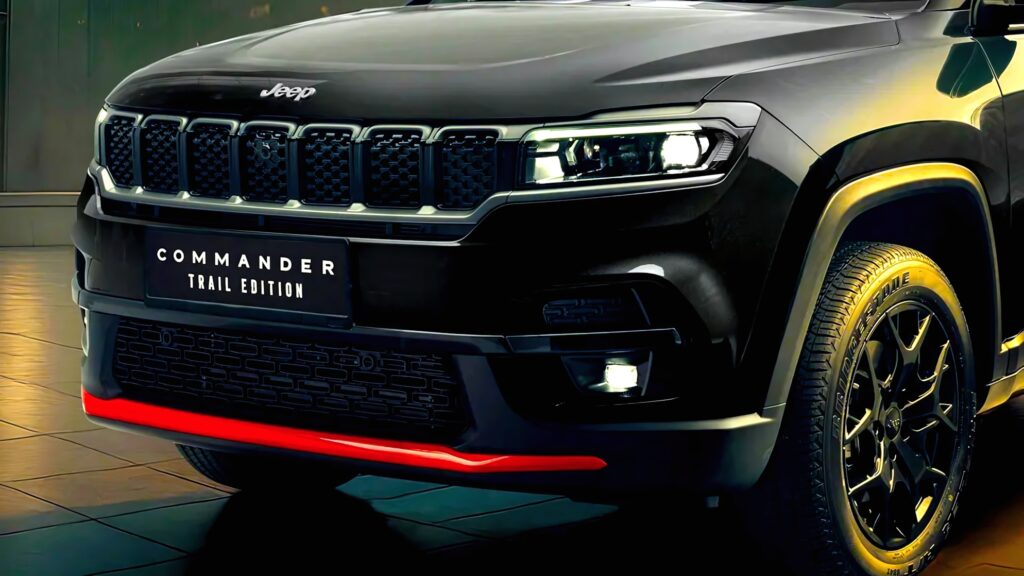
Kia Sorento 2026 brings subtle upgrades and higher prices for the new model year
